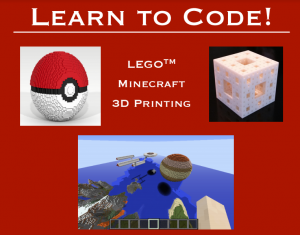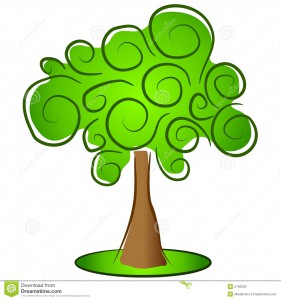
For this mini spark you will create mini skyscrapers and complete the puzzles following the rules outlined.
Spark your thinking!
1. Set up your STEAM mini spark recording page: #24: Skyscraper Puzzles
2. Print out this set of starter puzzles and you will need a set of linking cubes or legos that you can use to build towers.
3. Read these instructions 3 times.
How to Solve a Skyscraper Puzzle:
● Build towers in each of the squares provided sized 1 through 4 tall
● Each row has skyscrapers of different heights (1 through 4), no
duplicate sizes
● Each column has skyscrapers of different heights (1 through 4), no
duplicate sizes
● The rules on the outside (in grey) tell you how many skyscrapers you
can see from that direction or how many skyscrapers you could see while looking down that city block from that spot.
● Taller skyscrapers block your view of shorter ones
4. Watch this teaching video for ideas on how to get started.
5. Create 16 towers.

6. Solve the 4 X 4 puzzles in your booklet.
7. When you are done with each puzzle you need to check it. You can ask a teacher or a friend to do this for you.
1st-Look at each row and column and make sure there are only 1 of each size skyscrapers. 2nd-Look at the numbers in the gray boxes and make sure you can only see the number of skyscrapers when looking “down the street” from each gray box.
8. Make changes if needed and snap a picture of your final project.
9. Share your STEAM mini spark recording page and your completed puzzle pictures with your teacher/EY coordinator.
Check out the Skyscraper Puzzle Badge on the EY Website.

 By using the roll-a-challenge dice from Destination Imagination, you will be able to create more than 200 different Instant Challenge combinations. Just round up the supplies listed on the “Use” die, cut and glue or tape all three dice and you’re ready to get started!
By using the roll-a-challenge dice from Destination Imagination, you will be able to create more than 200 different Instant Challenge combinations. Just round up the supplies listed on the “Use” die, cut and glue or tape all three dice and you’re ready to get started!














